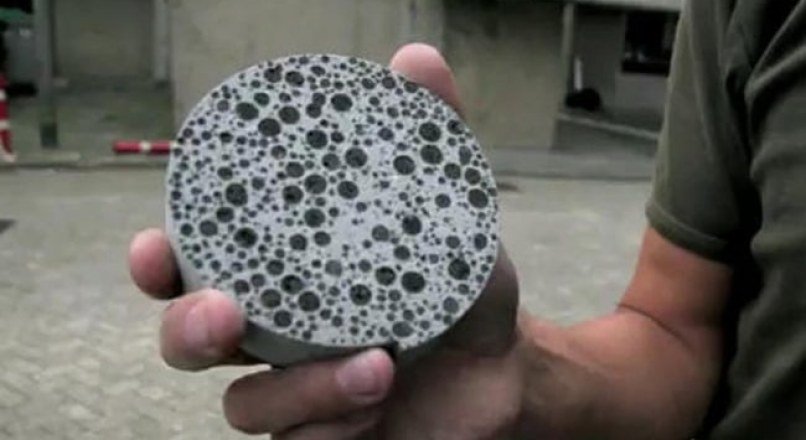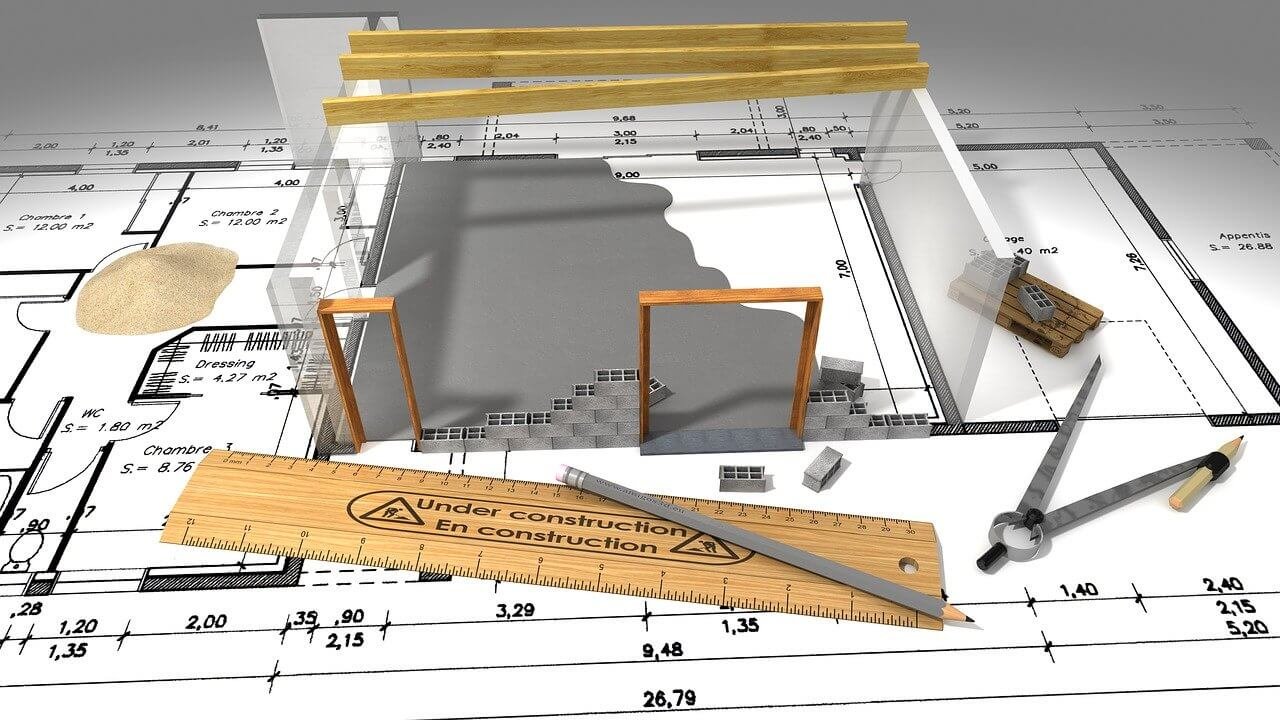Like everything else in the world, the construction industry has also evolved over the years. From concrete and stone in our ancient structures to steel and glass in our bridges and skyscrapers. With the evolution of materials, there has been a change in our built form. Some materials have evolved, while some have been innovated giving the world of architecture another pathway.
What is the reason behind this constant need of better building materials? The construction industry, despite its progress, still faces a number of challenges. From natural disasters to sheer costs, to environmental issues. The industry relies on nature for 50 % of its resources, thus leading to delayed construction times, added costs and harmful environmental impact.
Reliance on nature for construction has caused a huge impact on the environment. Our natural resources are depleting significantly. And we are constantly harming and exploiting the environment to create a better-built environment.
To overcome these problems, architects, engineers, and designers are coming up with solutions to develop new generation materials. Smarter, stronger, self-sustaining, sleeker, and easier on the environment materials are being engineered.
Therefore, Construction technology industries are working on energy-efficient, sustainable building materials. Building materials coming up are more promising towards the impact they have on the environment. Companies are trying to come up with materials that reduce carbon footprint and effect on nature.
Materials
Self Healing Concrete

Concrete is one of the most important material of the construction industry. Concrete is porous and easily damageable is a major concern going in the construction industry. The emergence of self-healing concrete consists of living spores and water capsules in mixed concrete which can heal the cracks with its properties, with a life span of 200 years. Often it is used for tunnels, bridges, and buildings to save cost and maintain it.
Breathe Bricks
Also known as pollution absorbing bricks, these bricks gulp in contaminated air and therefore release filtered air. They are designed to be a part of the building ventilation system.
It has a double layered facade, that has bricks on the outside and installation on the inner side. A cyclone filtration system is used to collect the heavy particles in the air in a removable box.
These bricks filter 100 % of the coarse pollutants and 30% of the fine pollutants. This building material ensures the better quality of life for its occupants and gives a self sustaining ventilation for buildings.
Cigarette Butt Bricks
The elements in cigarette butts like arsenic, chromium, nickel and cadmium enter the soil and harm the nature. The impact of cigarette produced and consumed is heartbreaking. Millions of tons of cigarette waste is collected every year.
To reduce the impact of cigarette butts on the environment, lighter and more energy-efficient bricks are made of cigarette butts. By infusing the cigarette waste in a fired clay, pollution is being reduced from the environment.
Waste is reduced and the use of heavy metals is lessened in the brick baking systems by using cigarette butt. Energy, cost and time is saved while making the material durable.
Translucent wood

Initially, wood veneer needs to be lined and do nano scale tailoring. Translucent wood is used to make windows and solar panels. Due to its cheap source value, it can aid the projects to be benefited from a lesser cost of the resource. It is readily available, cheaper sources, renewable and of lower cost.
The wood can be used for commercial purposed as it is mass produced. Translucent wood is Eco friends against glass and plastic, because of replacing lignin with polymer. When used in residential building purposes can reduce artificial lightning due to renewable properties.
Conclusion
Many of the materials that are being innovated are designed kept in mind that impact they can have on the environment. Earlier engineers, had taken a step to reduce greenhouse emission gas, with their products and research. And now, we have an environmental crisis on our heads, that needs to be taken care of. All the building materials now focus on its environmental impact.
We as architects, designers can contribute significantly to a better environment. While, such innovations are paving their way towards a better future for us, we need to judiciously use them.



